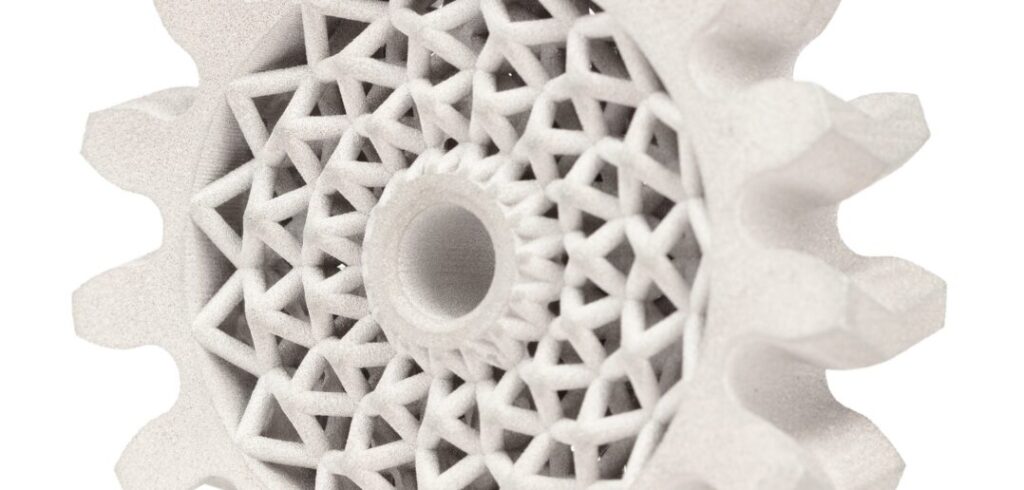Mass-production additive-manufacturing (AM) solutions provider Desktop Metal has qualified the use of 4140 low-alloy steel for its Production System process, which leverages its proprietary Single Pass Jetting (SPJ) technology, a binder jetting AM process. Desktop Metal says it is the first to qualify 4140 low-alloy steel for use with metal binder jetting systems in the mass production of end-use parts that are able to withstand high impacts, temperatures and mechanical stresses.
“4140 has been a challenging material for metal binder jetting because of its low alloyed content, tight carbon control requirements, and low ignition energy, which together require advanced binder chemistry, as well as extensive printing and sintering optimization and atmospheric controls for safe processing,” commented Jonah Myerberg, co-founder and CTO of Desktop Metal.
“We are excited to be the first to qualify 4140 for metal binder jetting to enable this versatile material for the AM industry. With the speed of the Production System, businesses can now use binder jetting to print complex 4140 parts at competitive costs while maintaining the strength and mechanical properties of traditionally manufactured alternatives. This is a game-changing solution for manufacturers who have been tied to time-consuming and expensive machining and conventional tool-based manufacturing processes.”
According to the company, the sintered metal meets the MPIF 35 standards set by the Metal Powder Industries Federation for structural powder metallurgy. 4140 can be used to manufacture parts such as herringbone gears (above). These are found in a variety of applications and benefit from the excellent hardness characteristics of the material while overall part mass can also be reduced thanks to the ability to create complex internal geometries using the AM process.
Desktop Metal’s Production System AM machines are said to be up to 100 times as fast as powder bed fusion additive manufacturing technologies and enable production quantities of AM parts to be produced.
Two printer models make up the Production System platform: the P-1, a solution for process development and serial production applications, and the P-50, a large form factor mass production solution for end-use parts. This is scheduled to begin commercial shipments in the later part of 2021.
The Production System combines the company’s engineered binders with an open material platform. This enables customers to produce high-performance parts using the same low-cost metal powders used in the metal injection molding industry. The inert processing environment enables compatibility with a variety of materials, including 4140 low-alloy steels, alongside other high-performance alloys and reactive metals like aluminum and titanium.
The available materials library currently includes 17-4 PH stainless steel, 316L stainless steel and 4140 low-alloy steel, all of which have been qualified by Desktop Metal. Several other customer-qualified materials are also supported including silver and gold, with Desktop Metal planning to add additional metals such as tool steels, stainless steels, superalloys, copper and others to its portfolio.



